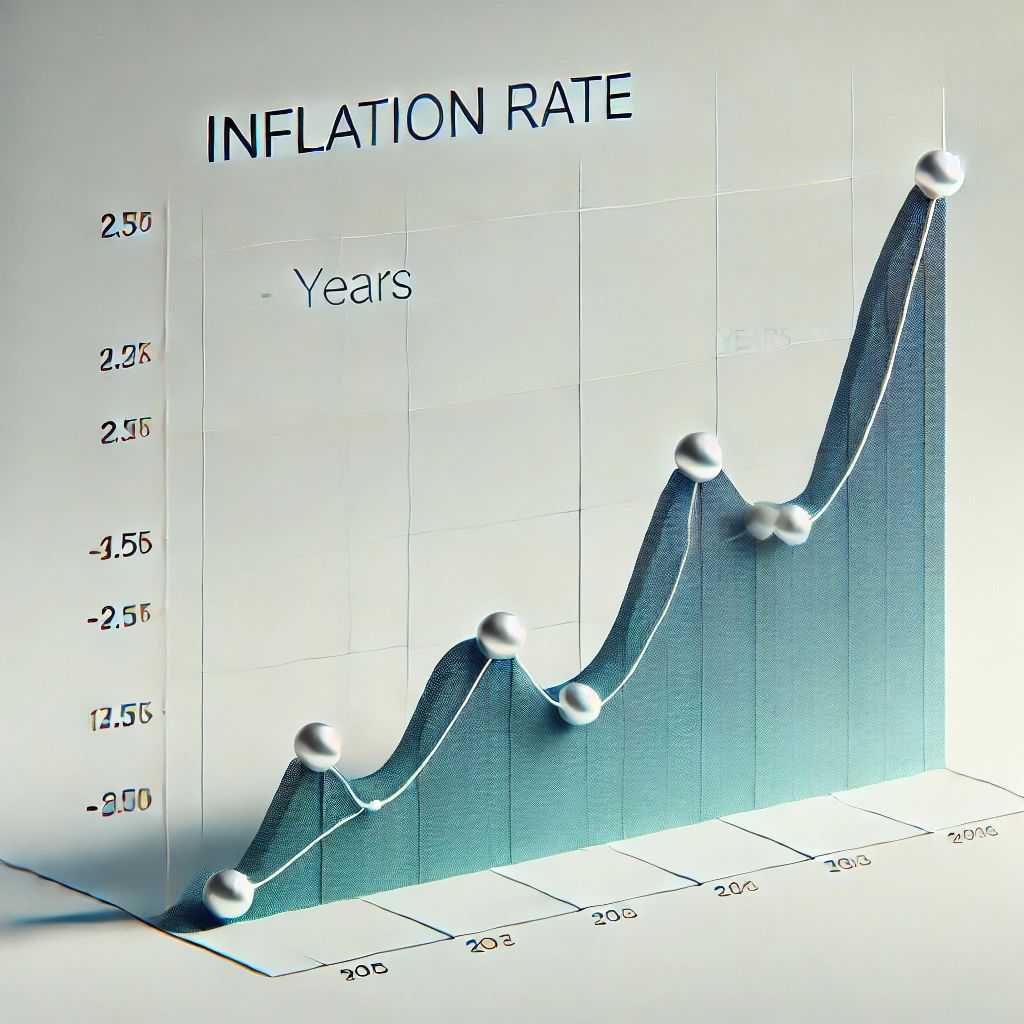BAKU, Azerbaijan, February 24. The latest data from Eurostat shows that the euro area annual inflation rate stood at 2.5%, up from 2.4% in December 2024, while EU inflation reached 2.8%, an increase from 2.7% the previous month, Trend reports.
While some EU countries are experiencing stable or declining inflation, the Balkans remain among the regions with the highest inflation rates in Europe.
Among the Balkan nations, Croatia recorded one of the highest inflation rates in the EU at 5%, a significant increase from 4.5% in December 2024. This makes Croatia the third-highest in the EU, trailing only Hungary (5.7%) and Romania (5.3%). Romania’s inflation, while slightly lower than in August 2024 (7.3%), remains persistently high, with food and energy prices contributing significantly to the overall figure.
Bulgaria’s inflation rate stood at 3.8% in January 2025, rising from 2.1% in December 2024. This is a notable increase and suggests renewed price pressures in the Bulgarian economy. On the other hand, Slovenia recorded a much lower inflation rate of 2.9%, remaining relatively stable compared to previous months.
In contrast, Greece (2.9%) and Cyprus (2.9%) reported lower inflation rates compared to their Balkan counterparts. While these rates are still above the EU average, they reflect more controlled inflationary trends. Compared to December 2024, Greece’s inflation remained stable, whereas Cyprus saw a decrease from 3.1%.
A key trend in the Balkan region is the divergence between countries with persistently high inflation, such as Croatia and Romania, and those experiencing more stable conditions, like Greece and Slovenia. The rising inflation in Bulgaria also signals potential concerns for policymakers, especially as food, energy, and services continue to drive inflationary pressures across the EU.







